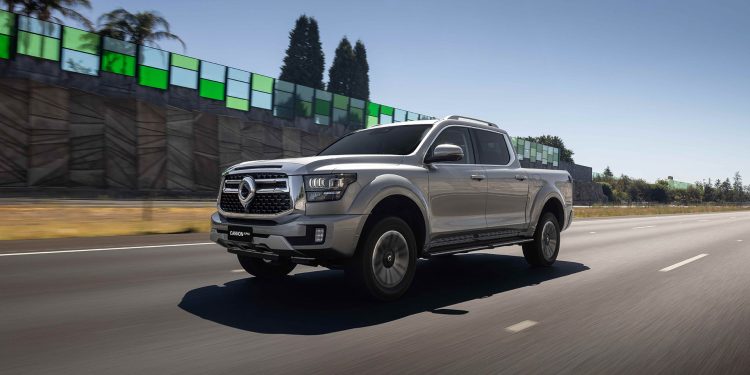GWM Cannon Alpha – First Drive
Words Peter Louisson | Images GWM/PL
It wasn’t just the GWM Tank 500 we got to drive on the recent launch based in Victoria, but also a close relative in the form of the GWM Cannon Alpha ute.
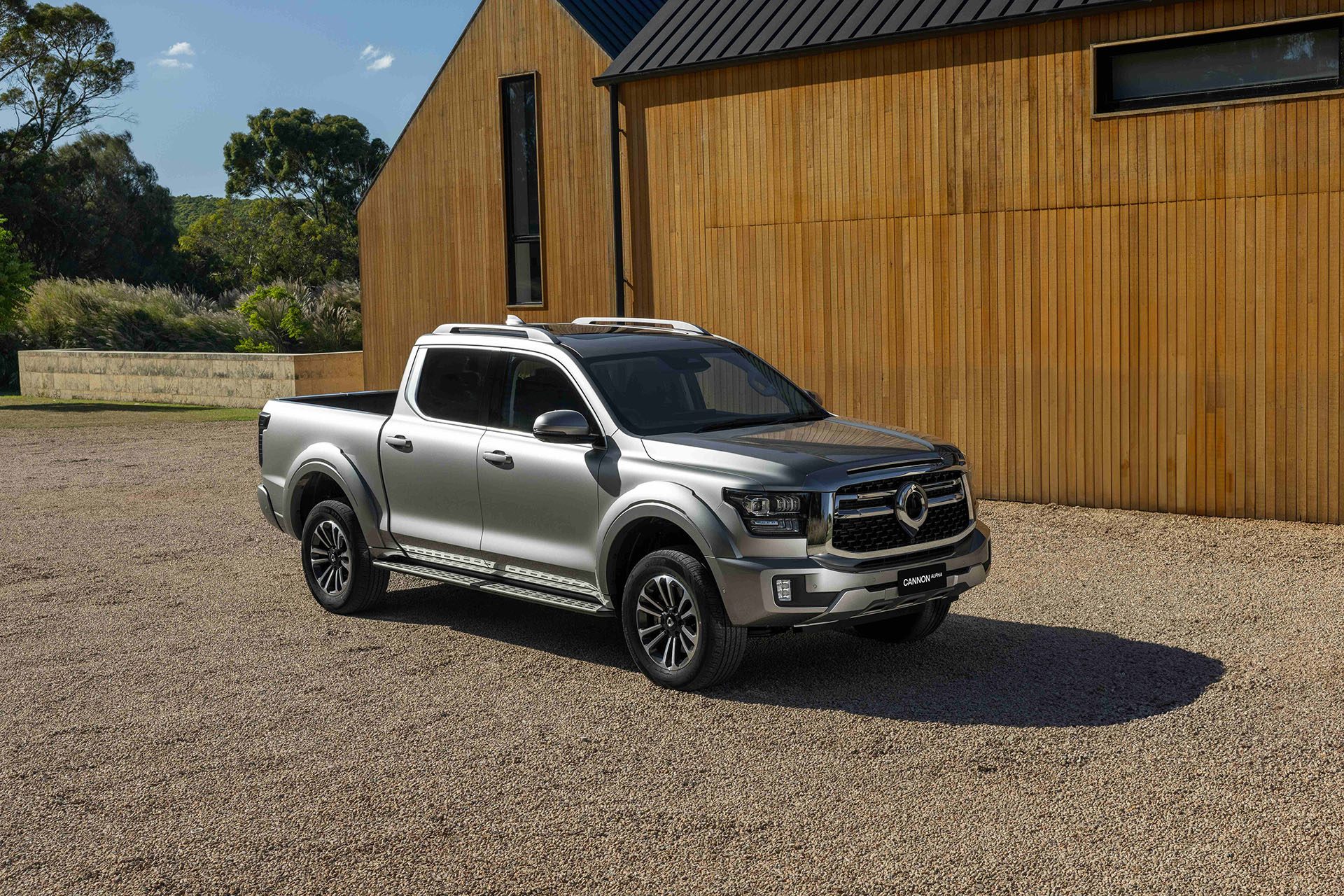
It’s genetically similar because it shares most mechanical bits with the GWM Tank 500. Well, one of the drivetrains, the hybrid one. Half got to drive this. We instead sampled the 2.4 turbodiesel.
This will be the first double-cab ute to go on sale in New Zealand with a hybrid under the hood. The Cannon Alpha beats not only Toyota and Ford to the punch, but also BYD. Its Shark ute debuts at the end of the year. So a busy period in the electrification area for double-cab utes. And not before time either.
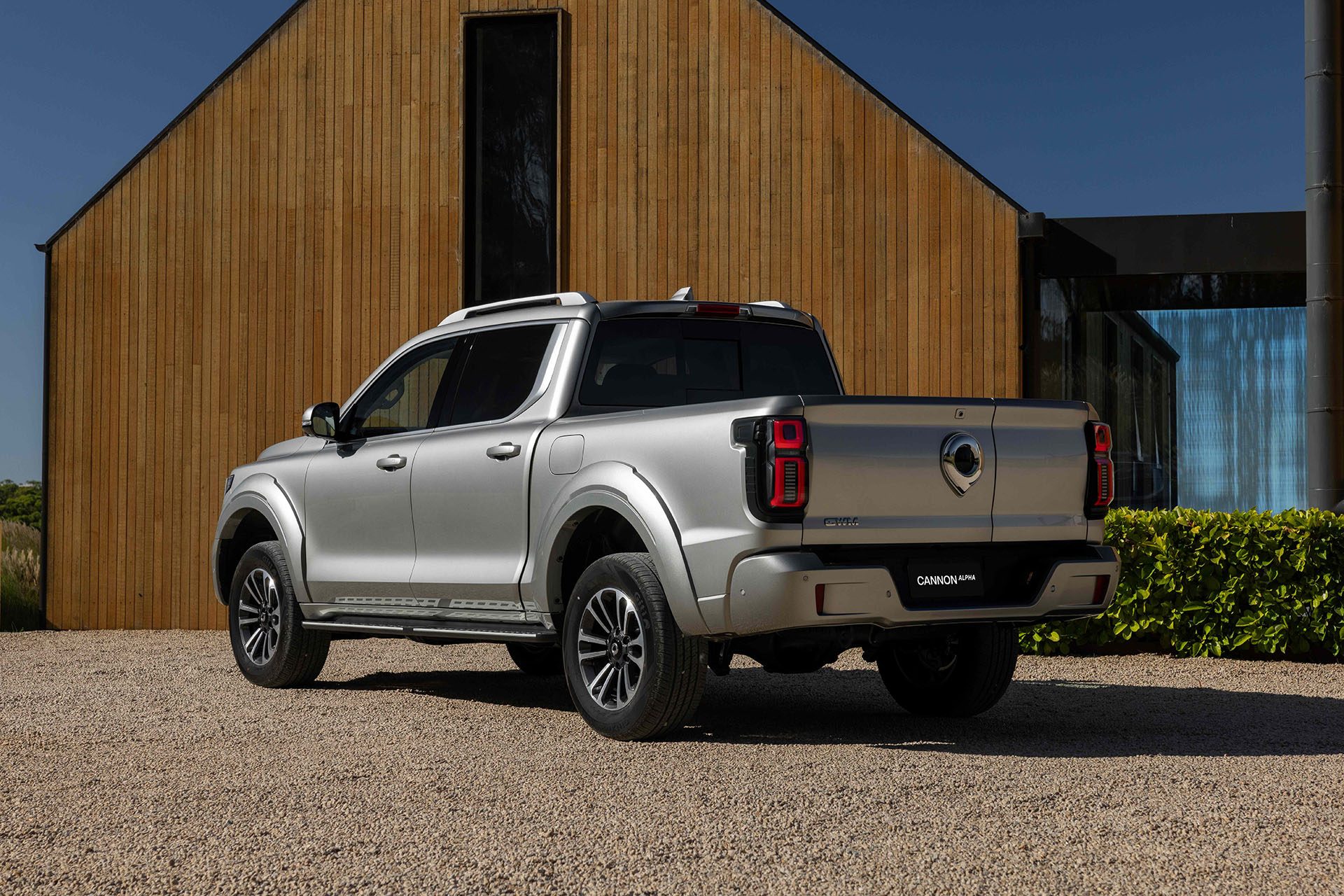
If it looks like a substantial double-cab ute that’s because it really is. This is bigger than a Ranger even, being 5.4m long. It’s actually the largest vehicle in the GWM line-up.
Unfortunately, we got to drive it during a wet afternoon, having driven the Tank 500 earlier on dry roads and tracks. So there was no Cannon Alpha off-road component on the day. We’d expect it to be about as competent in the wilds as the GWM Tank 500 though, given the similar underpinnings.
Major impressions? We really liked the diesel’s low-down grunt, though I imagine the hybrid with its petrol-electric powertrain would be every bit as muscular off the bottom. In the full hybrid the two powertrains work in parallel.
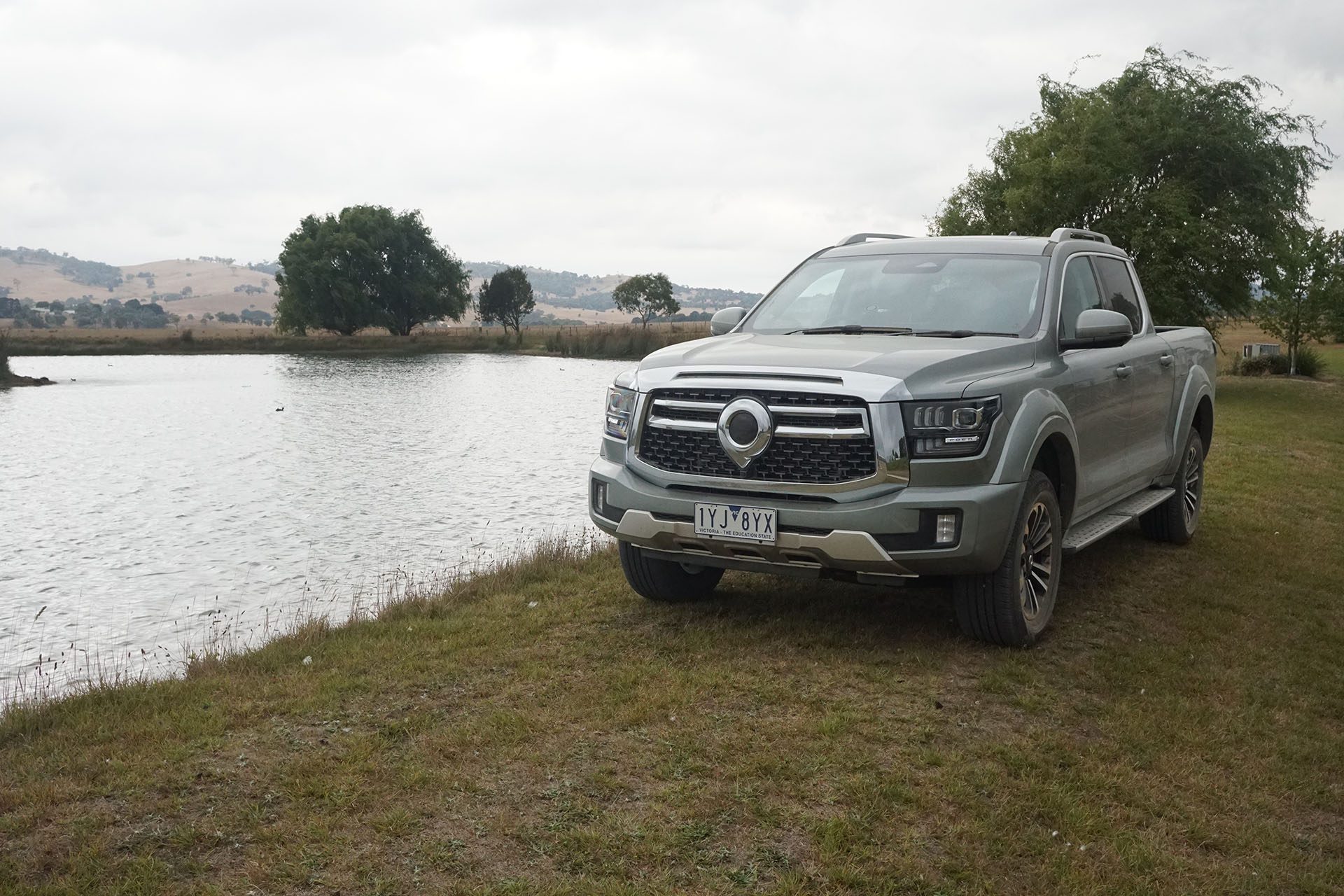
That said, the diesel ($54,990 plus ORCs Lux, $59,990 Ultra) is a bit less expensive (Ultra hybrid $68,990), and easier on fuel as well. We found it no great hardship getting into single figures in this. The shared hybrid in the GWM Tank 500 was typically drinking in the teens (Hybrid 9.8L/100km claim vs 8.9 for the diesel variants). The priority of this hybrid is torque performance.
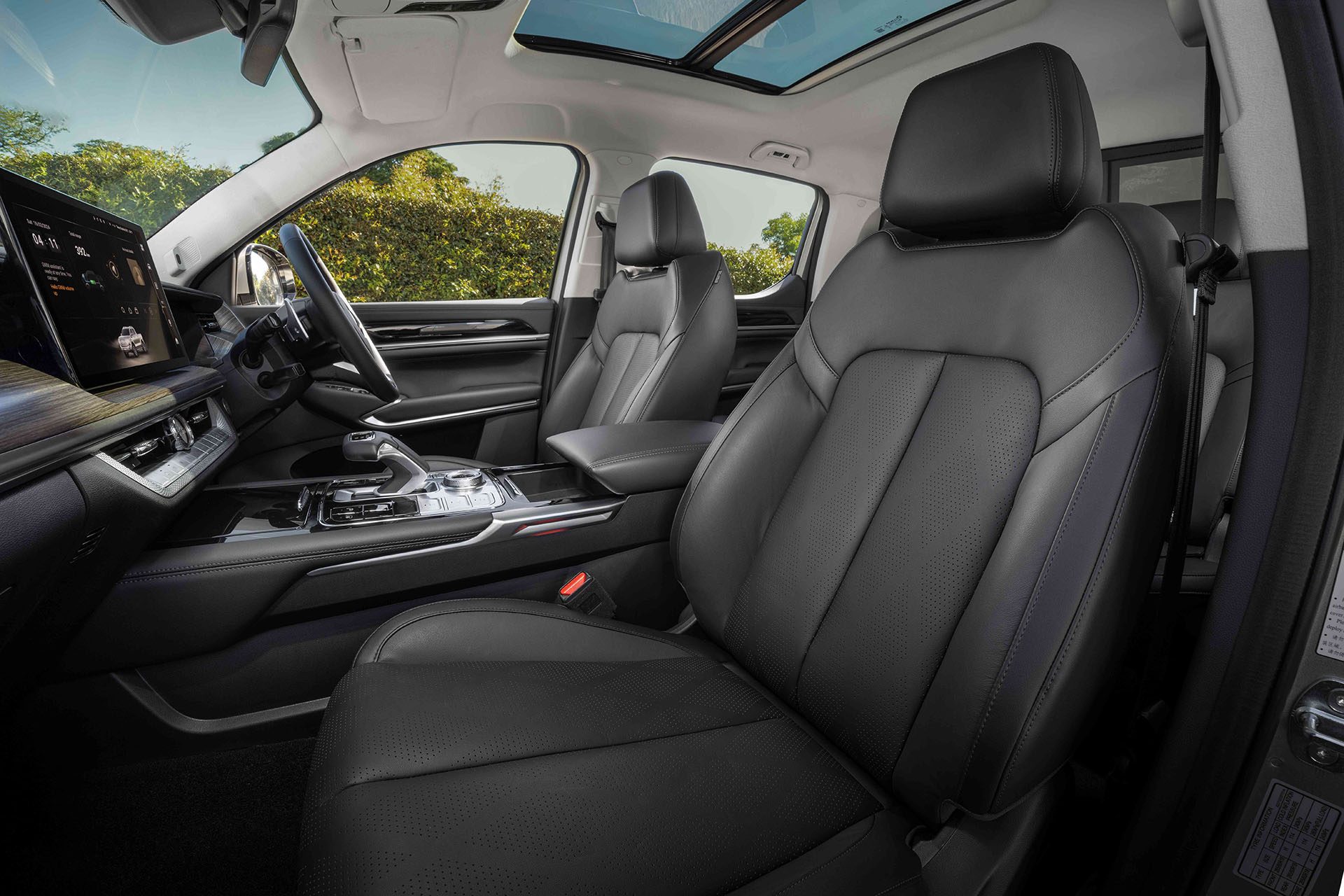
Class cabin
Step inside, and the cabin of the GWM Cannon Alpha is almost as pleasant as that in the GWM Tank 500, minus a few items. Certainly it is every bit as nice as what you get in modern top-end dual cab utes these days. They’re all quite impressive inside, being alternative family wagons. It’s another reason why double-cab utes are still the best sellers in New Zealand. That’s thanks in part to the removal of the ute tax.
Unlike the 500 that had power adjustment for the four-way steering column, this is manual. Running boards are fixed rather than active too. Moreover, the Tank’s rear seats slide fore and aft to facilitate entry and exit into the third row pews. The Cannon Alpha didn’t have that facility for obvious reasons. Back there is a tray with something of a unique tailgate. It can be opened conventionally, and has hydraulic dampers to avoid the usual clang when the tailgate is dropped.
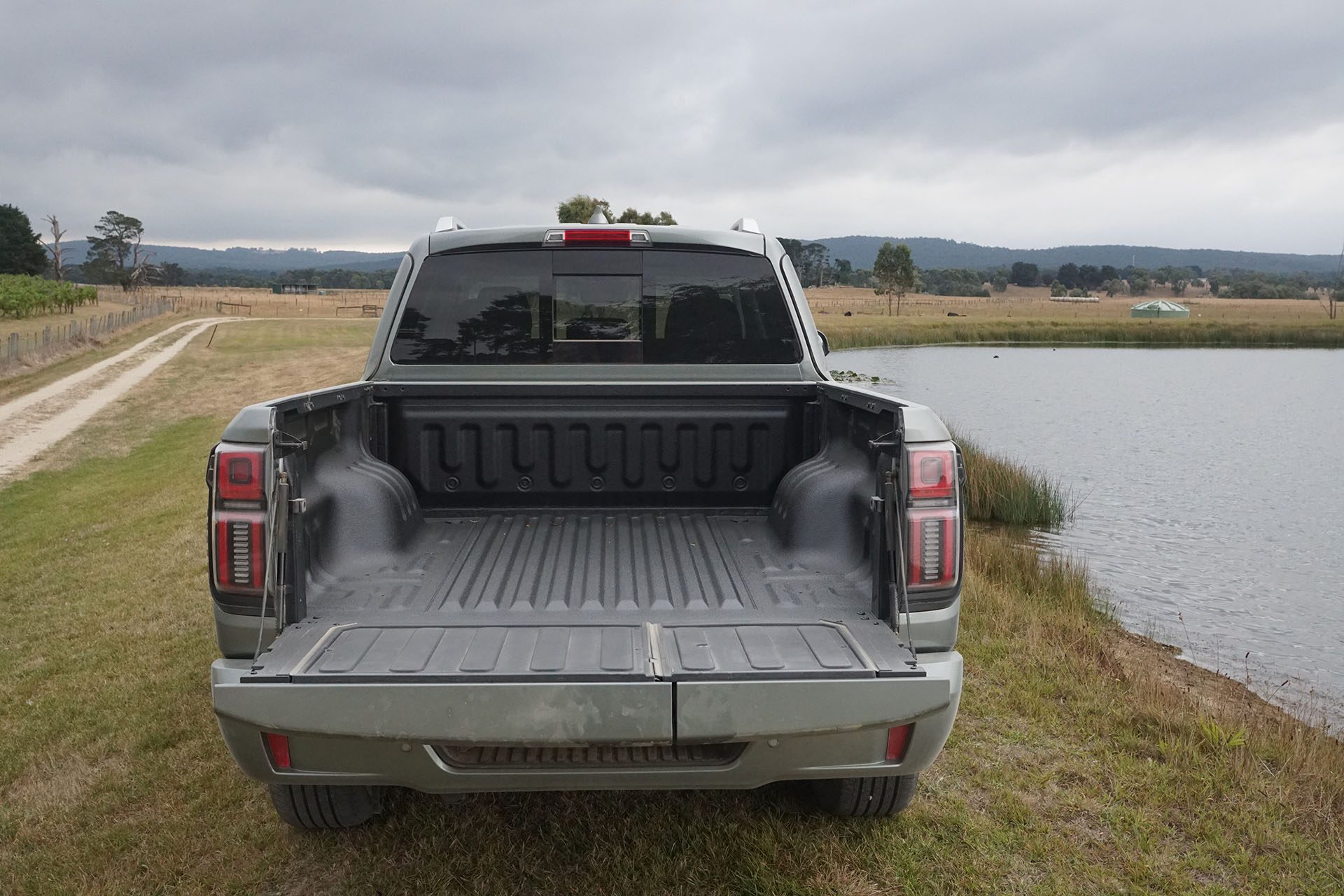
Or, if you give the button on the lid a quick push, the tailgate splits in the middle, so each half section can be opened sideways. A gimmick you’re thinking? Perhaps it’s a sensible point of difference; we await a full test for a verdict on that one. The tray itself has a plastic liner to prevent goods from scratching the metal surface.
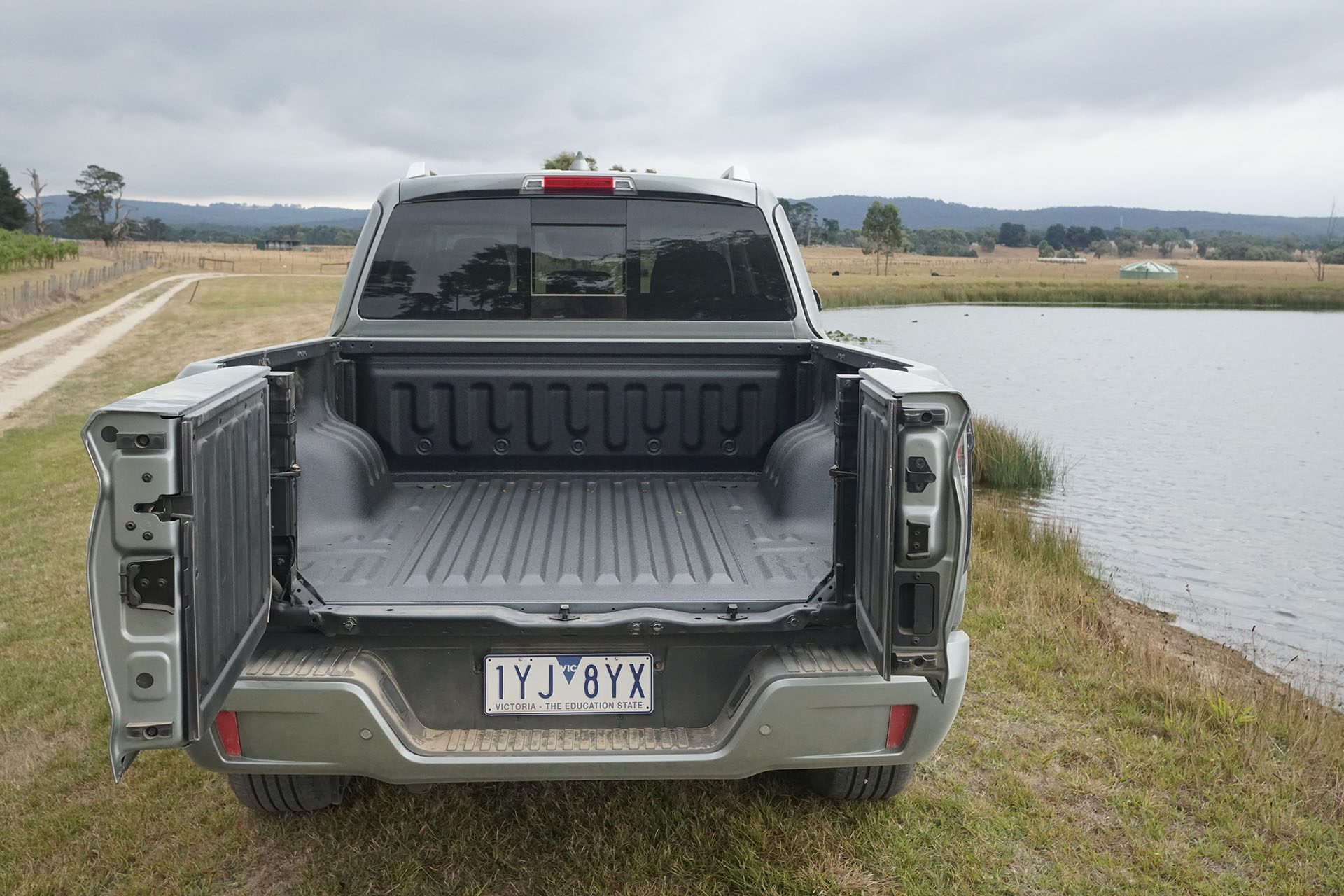
Diesel a doozy
Back to how it goes then. This runs a 2.4L IL4 turbodiesel cranking out 480Nm and 140kW. It rides on the same basic ladder frame chassis as the Tank 300. Having driven it 100m down the road it was apparent this differed from the softly-softly GWM Tank 500. It feels a touch lighter and has firmer underpinnings for better on-road control and precision.
That might seem a bit surprising given it is a slightly bigger vehicle. But then it’s not a seven-seater like the GMW Tank 500, and nor does it have the added weight of two different powerplants and a battery pack (1.76kWh). The weight disparity in the end isn’t great numerically, around 117kg but the suspension set-up is clearly different because this is more of a gear-lugger.
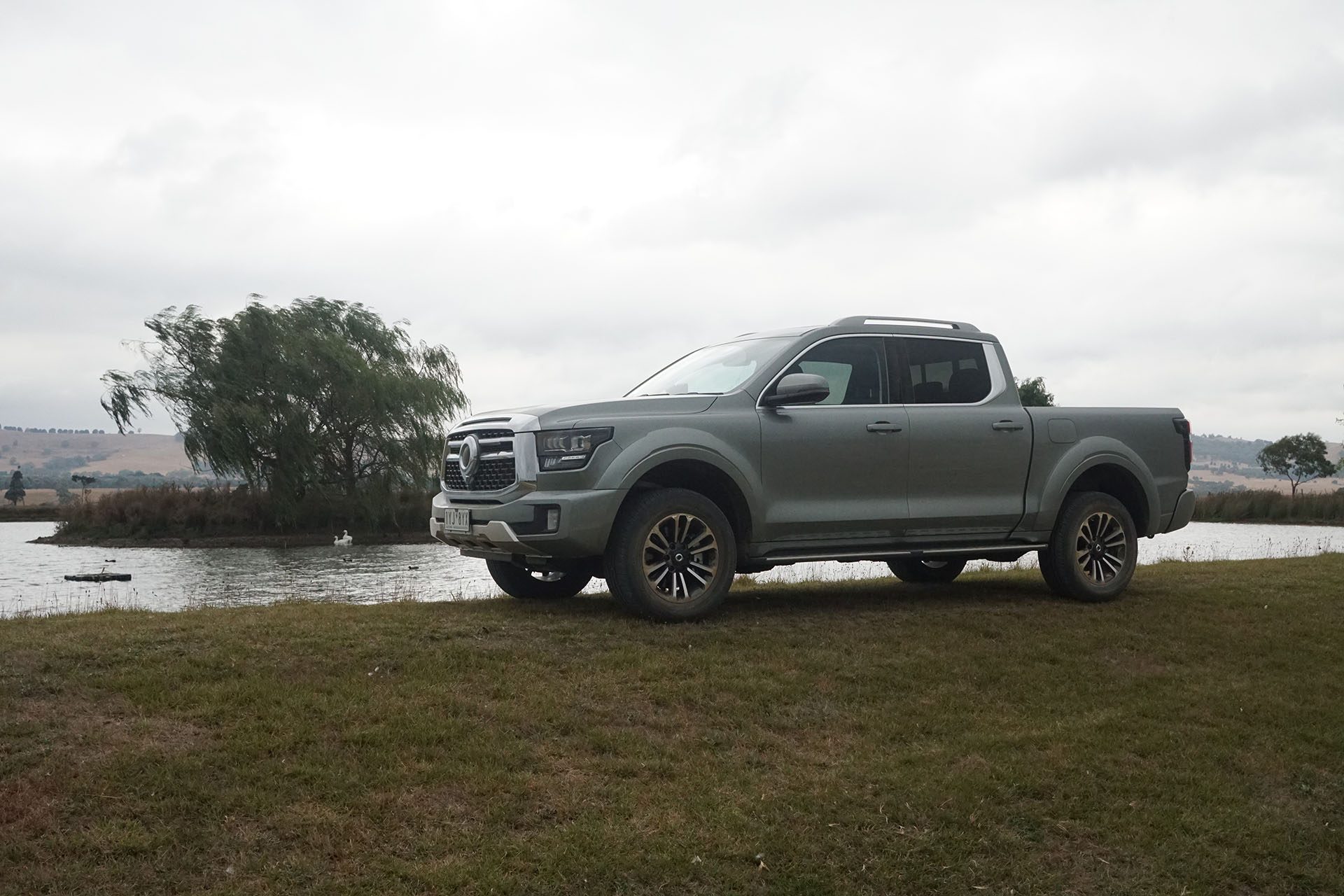
It performs easily too, despite not being the biggest motor in the sector. The diesel displaces 2.4L and it stumps up with a solid torque figure which is, after all, what you drive diesels on. This features the same Normal and Sport drive modes as the 500, going harder in the latter. However, most will find that Normal does the trick fine and will be the default setting. By which we mean it feels beautifully responsive and brawny in the key 2000-3000rpm segment. Like its rivals, this has a braked towing capacity of 3500kg, while its maximum payload is 735-821kg, depending on model. All variants have trailer sway mitigation too.
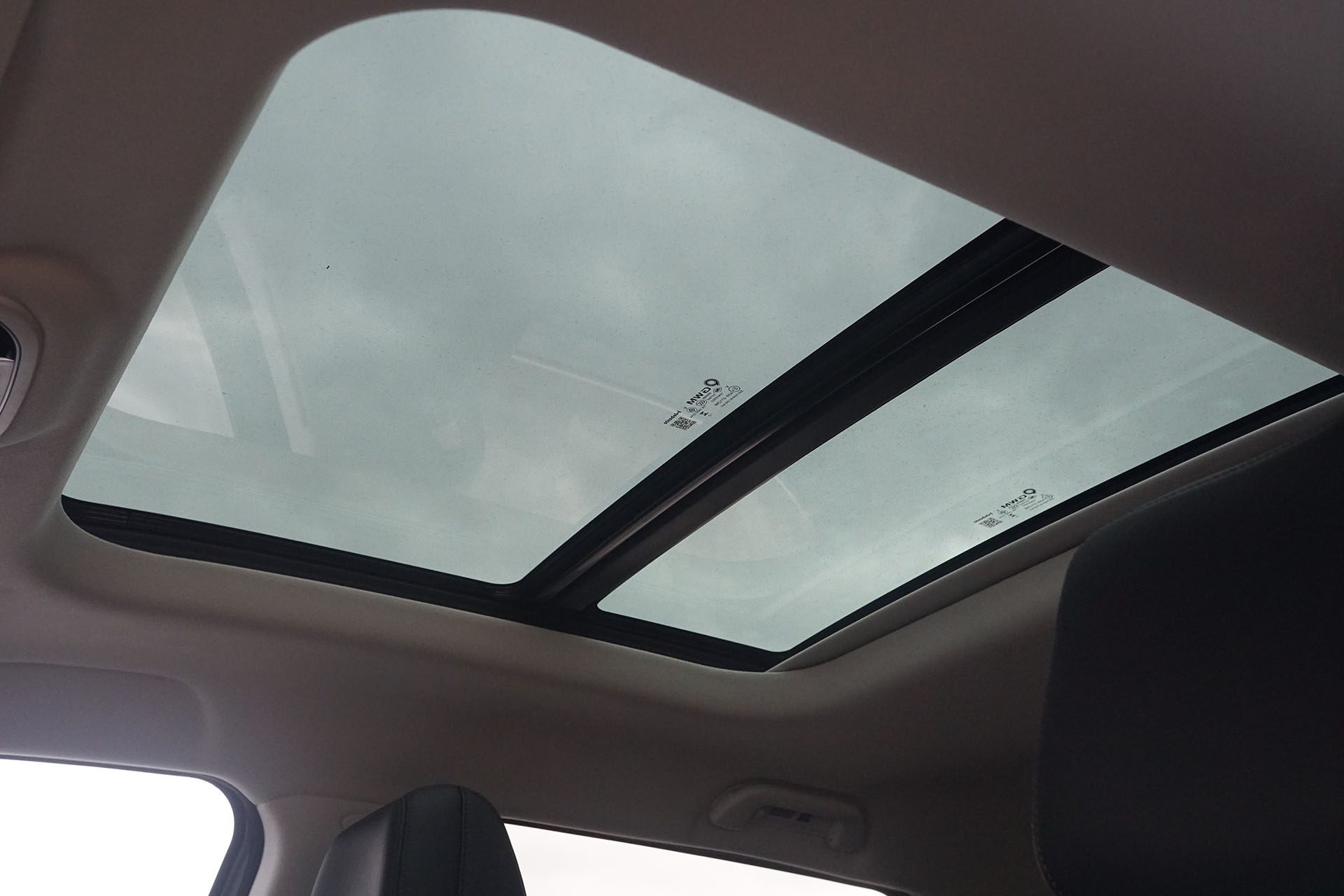
Quite cushy for a double-cab ute
Despite the conventional ute set-up of a rigid axle and leaf springs at the rear, the Cannon Alpha ride is awfully good for a double-cab ute. We got a fair amount of gravel road play and despite rainy conditions it was most secure, even in the 2H rear-wheel drive setting. Switch to 4H for an improved cling factor, though the all-seeing eye will begin to complain if you exceed 50km per hour. There was no real opportunity or need to access 4L so we didn’t.
Back on faster sealed roads and it loafs along at legal speed with its nine-speed auto, the 100km/h mark corresponding to a relaxed 1800rpm. Unlike the GWM Tank 500 this didn’t have shift paddles but with modern autos you really don’t have much use for them. That’s especially true in Sport mode when the transmission is more responsive anyway.
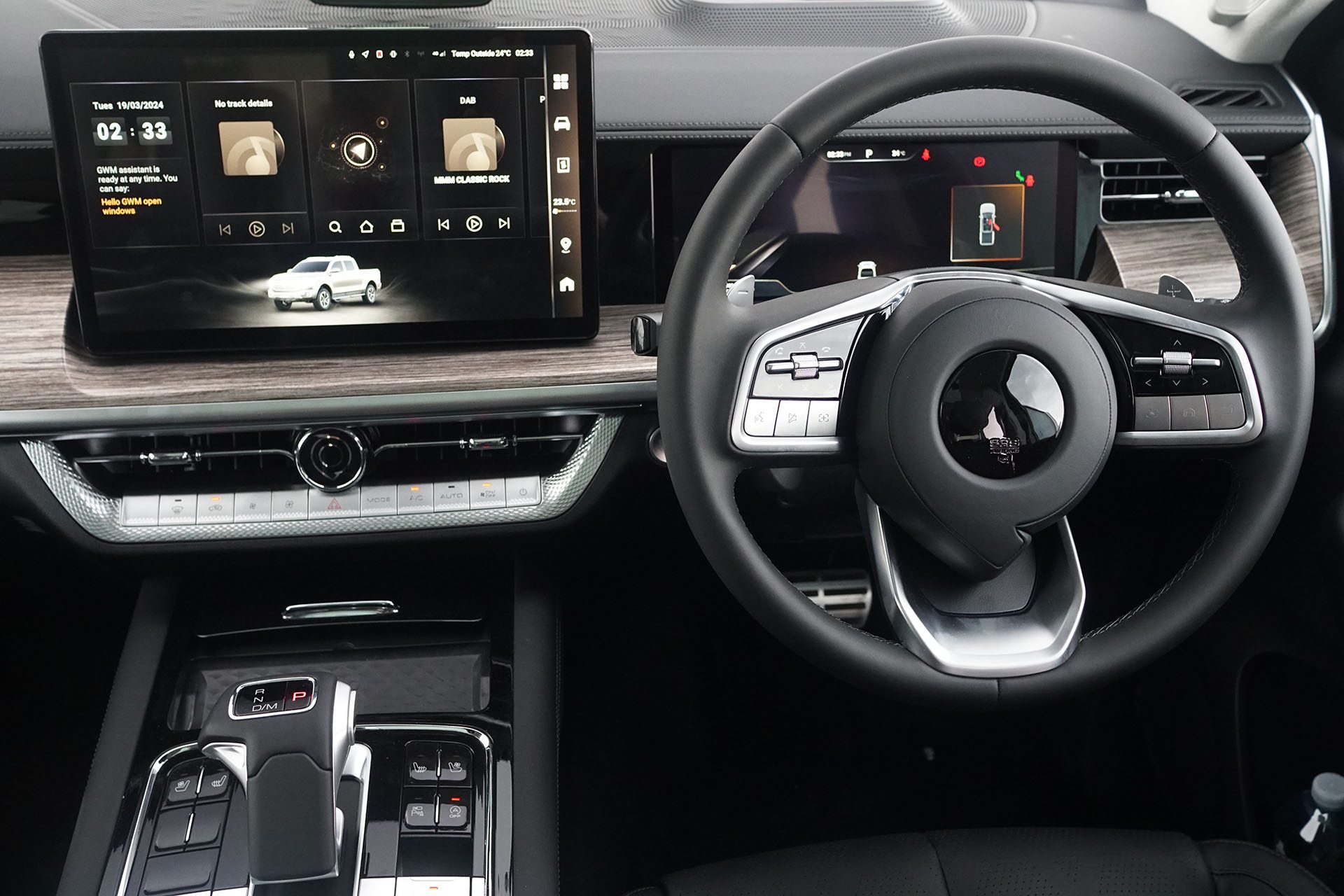
The touchscreen in the Cannon Alpha is similar to that in the GWM Tank 500 and so too the drive assist features. The Karen in the system issued a rebuke for any overspeed incidents. She was equally upset if you were distracted when using the touchscreen…trying to turn off the traffic sign recognition system. A kind of automotive Catch 22 then. Members of the GWM engineering team were in attendance for the launch and were keen to hear our opinions of both vehicles. Because most felt some of the driver assistance systems were overly mindful, it wouldn’t surprise if the overbearing assistant is toned down slightly in future.
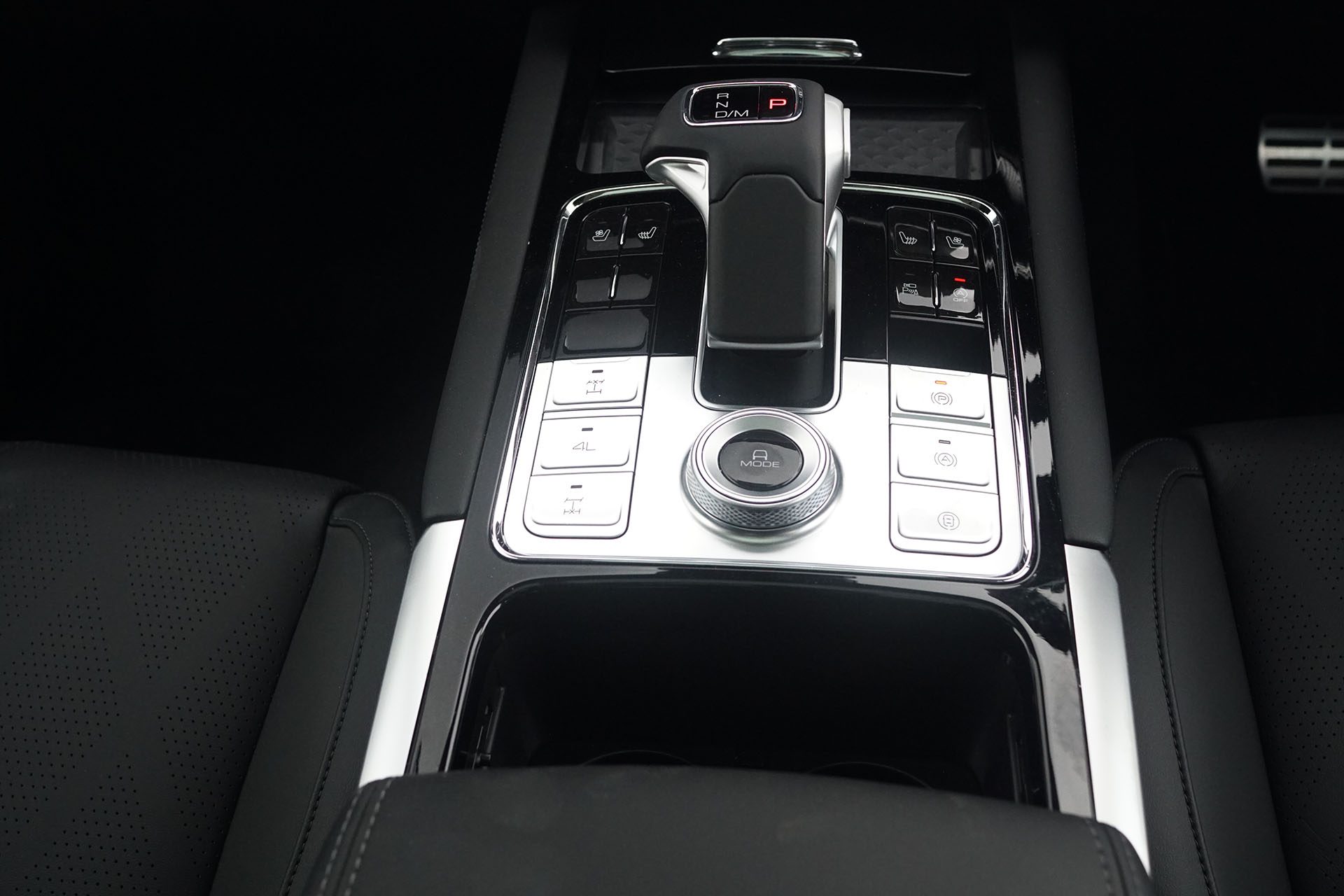
One unusual styling feature is that the outside door edges wrap around rearward, towards the back window. Evidently that’s because it reduces wind noise significantly so was retained after aero testing.
Other special features standard on all models include a 360 degree surround view monitor, front and rear parking sensors, a smart key, trizone air con, power seat adjustments, and leatherette upholstery (or leather accented). Ultra models add seat ventilation and seat heating in the rear, power lumbar adjust, 64-colour ambient lighting and a 10-speaker Infinity sound system.
Initial verdict then? Bring it on; the Cannon Alpha diesels are well specified and seem like good value, while the hybrid will be an interesting addition to the local ute scene at an attractive price point.


